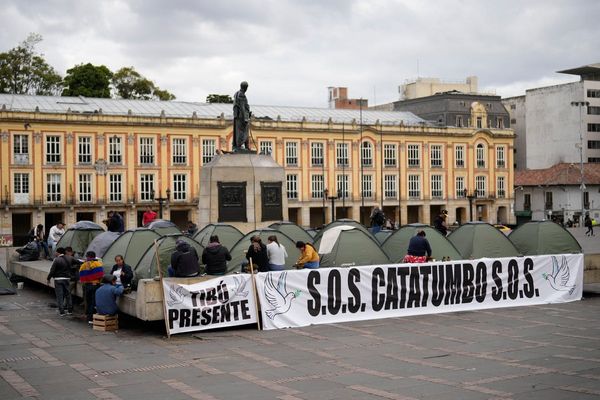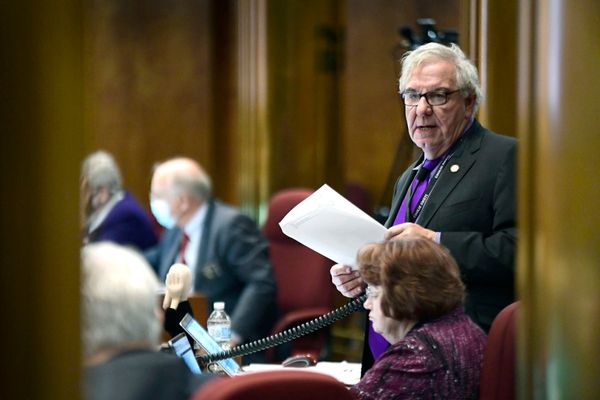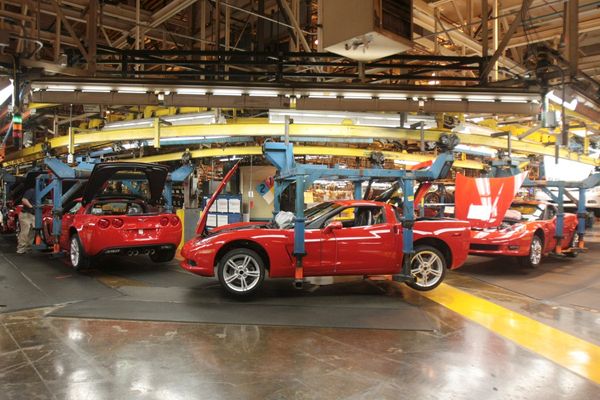
Former U.S. Secretary of the Treasury Lawrence Summers doesn’t think the U.S. fight against inflation is over yet.
The U.S. economy is still “very, very hot,” he said on Monday at the Caixin Asia New Vision Forum in Singapore, where he attended via video link, according to Bloomberg.
“The United States is, today, an underlying 4.5-5% inflation country,” he said.
Summers is a longtime hawk on inflation, arguing that the massive U.S. stimulus during the COVID pandemic would eventually lead to higher prices throughout the economy. He also argued that low unemployment and high wage growth were increasing prices, suggesting that cooling the economy and getting prices under control might require a 6% unemployment rate.
The Federal Reserve came around to Summers’ hawkish view, and the U.S. central bank has increased interest rates at every one of its monthly meetings since March 2022.
The Fed will meet later this week to determine whether to change interest rates again. Most economists believe that the U.S. central bank will pause its interest rate hikes this month, notes Reuters, as rate hikes helped spur the banking crisis earlier this year, leading to a tightening in credit markets.
U.S. inflation continued to decline in April, with prices increasing 4.9% year-on-year, down significantly from a peak of 9% almost a year ago. Yet core inflation, which excludes volatile food and energy prices, remains elevated at 5.5% year-on-year. Core inflation hasn’t come in below 4.5% since September 2021.
The Bureau of Labor Statistics will release its inflation figures for May on Tuesday morning. The Federal Reserve Bank of Cleveland projects a 4.2% year-on-year increase in the consumer price index for May, and a 5.3% increase in core inflation.
‘Pockets of distress'
Summers is also skeptical of the U.S.’s ability to achieve a hoped-for soft landing—which he called the “triumph of hope over experience” on Monday. (A “soft landing” is when a country is able to get inflation under control without sparking a recession.)
The former Treasury Secretary said he saw “pockets of distress” in commercial real estate, according to Bloomberg.
The shift to working-from-home is severely testing owners of office buildings, as tenants scale back their footprints due to having more remote employees. Increasing interest rates will also lead to a spike in loan payments for borrowers, sending some into default.
A collapse in commercial real estate would then hit lenders, mostly small and medium-sized banks. Lenders with less than $250 billion in assets provide roughly 80% of commercial real estate lending, according to a recent analysis by Goldman Sachs. Banks are also lending less, which puts more downward pressure on property values.
“What’s happening in the office sector is apocalyptical,” Fred Cordova, founder of real estate brokerage Corion Enterprises, previously told Fortune.







